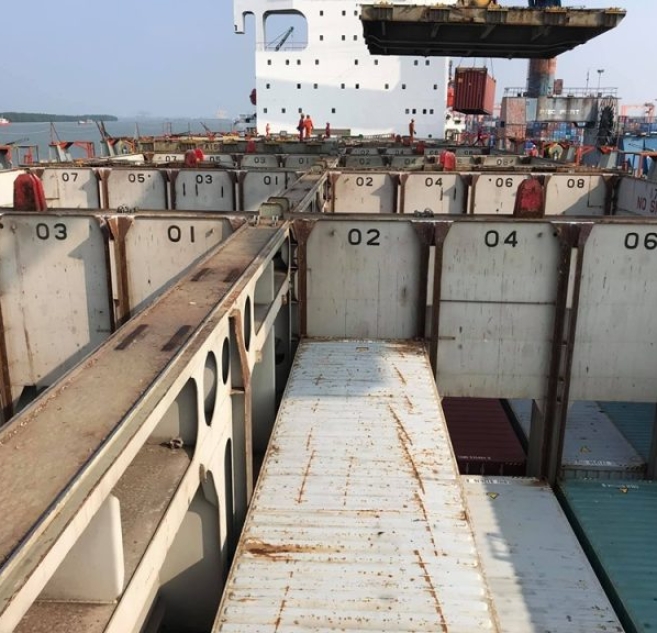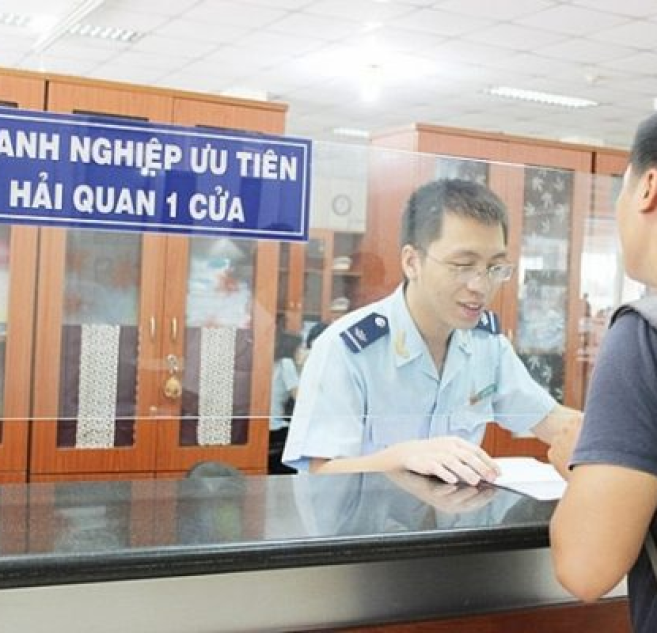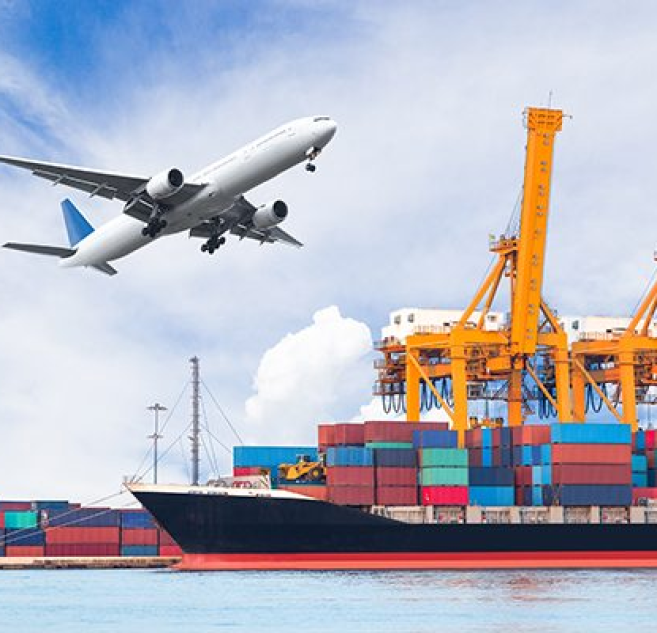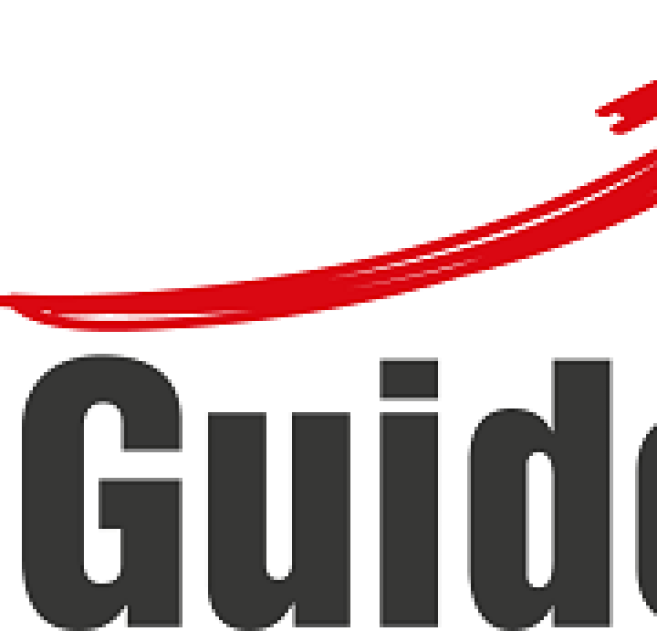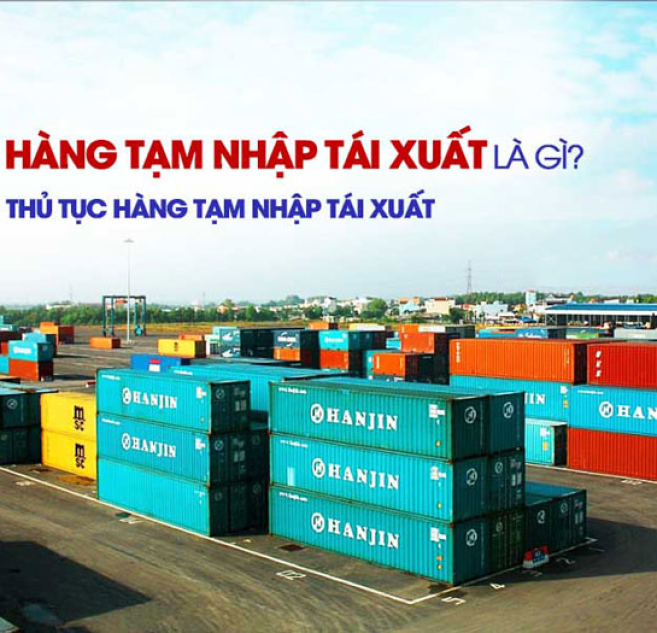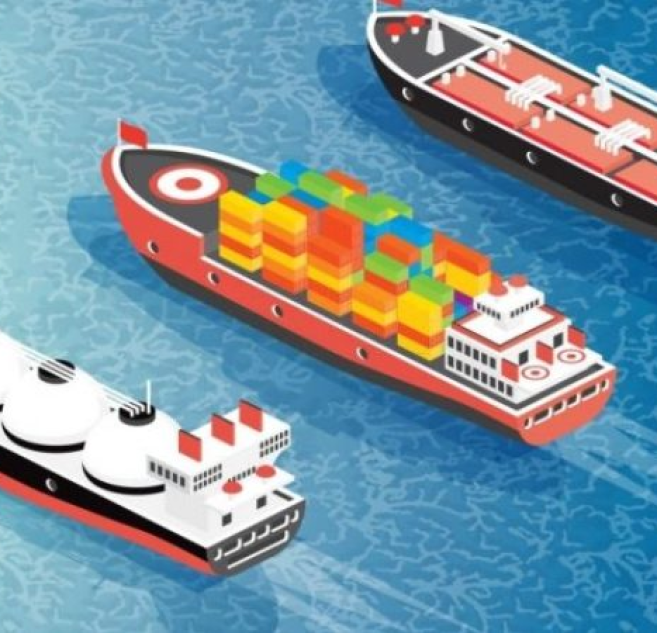The import of machinery and equipment plays a crucial role in improving business efficiency and production capacity. To ensure a smooth import process while complying with legal regulations, businesses must fully understand the requirements and customs procedures for importing machinery and equipment. This article provides a detailed overview of the process.

1. Conditions for Importing Machinery and Equipment
According to current regulations, machinery and equipment imported into Vietnam can be either brand new or used. For new machinery, businesses only need to comply with general rules regarding HS codes, import duties, and customs documentation. However, for used equipment, stricter quality and safety requirements must be met:
-
Age limit of equipment: Used equipment must not be more than 10 years old (specific industries may have different regulations). This ensures that the equipment remains effective, technologically relevant, and suitable for domestic production needs.
-
Technical standards compliance: The equipment must maintain at least 85% of its original design performance, ensuring stable operation. Additionally, it must meet national or internationally recognized technical standards accepted in Vietnam, covering safety, energy efficiency, and environmental protection.
-
Not on the prohibited list: The equipment must not be listed as prohibited for import under Vietnamese law. Equipment that poses risks of pollution, occupational hazards, or negative economic impacts may be banned or restricted.
Additionally, businesses must be aware of pre-clearance quality inspections. If the equipment fails to meet standards, it may need to be re-exported or destroyed, leading to financial and time losses.
To mitigate risks, businesses should carefully research regulations and collaborate with reputable inspection agencies before importing.
2. Customs Procedures for Importing Machinery and Equipment
The customs clearance process for importing machinery and equipment involves the following steps:
Step 1: Determine HS Code and Import Duties
The Harmonized System (HS) Code is used for classifying goods, determining applicable taxes, and verifying compliance with policies. Choosing the correct HS code is crucial as it directly affects tax rates.
Once the HS code is determined, businesses must check import duty and VAT rates (typically 10% VAT). The import duty rate varies depending on the type of machinery and its country of origin.
Step 2: Prepare Customs Documents
The required documents include:
- Customs declaration form: Submitted electronically via the VNACCS system.
- Commercial invoice: Confirms the value and terms of the transaction.
- Bill of lading: A shipping document from the transport provider.
- Packing list: Details the quantity and packaging specifications.
- Commercial contract: Agreement between the buyer and seller.
- Certificate of origin (C/O): Determines eligibility for tax incentives (if applicable).
- Quality inspection certificate: Required for goods subject to mandatory checks.
Step 3: Register for Quality Inspection (if required)
For Group 2 equipment (potential safety risks), businesses must:
- Submit an inspection request to relevant authorities or via the National Single Window portal.
- Wait for evaluation: The authorities will review the documentation and assess the equipment's quality.
- Receive a certification: If the equipment meets requirements, a certificate is issued for customs clearance.
Step 4: Customs Declaration and Clearance
- Electronic declaration: Enter information into the VNACCS system.
- Submit physical documents (if assigned to the yellow/red channel): Provide hard copies for verification.
- Complete the process: Once all taxes are paid and documents are approved, the goods are cleared and transported to the warehouse.
Note: Compliance with all regulations is essential to avoid additional costs and legal risks.

